Home>Furniture & Design>Outdoor Furniture>How To Take Care Of Outdoor Furniture
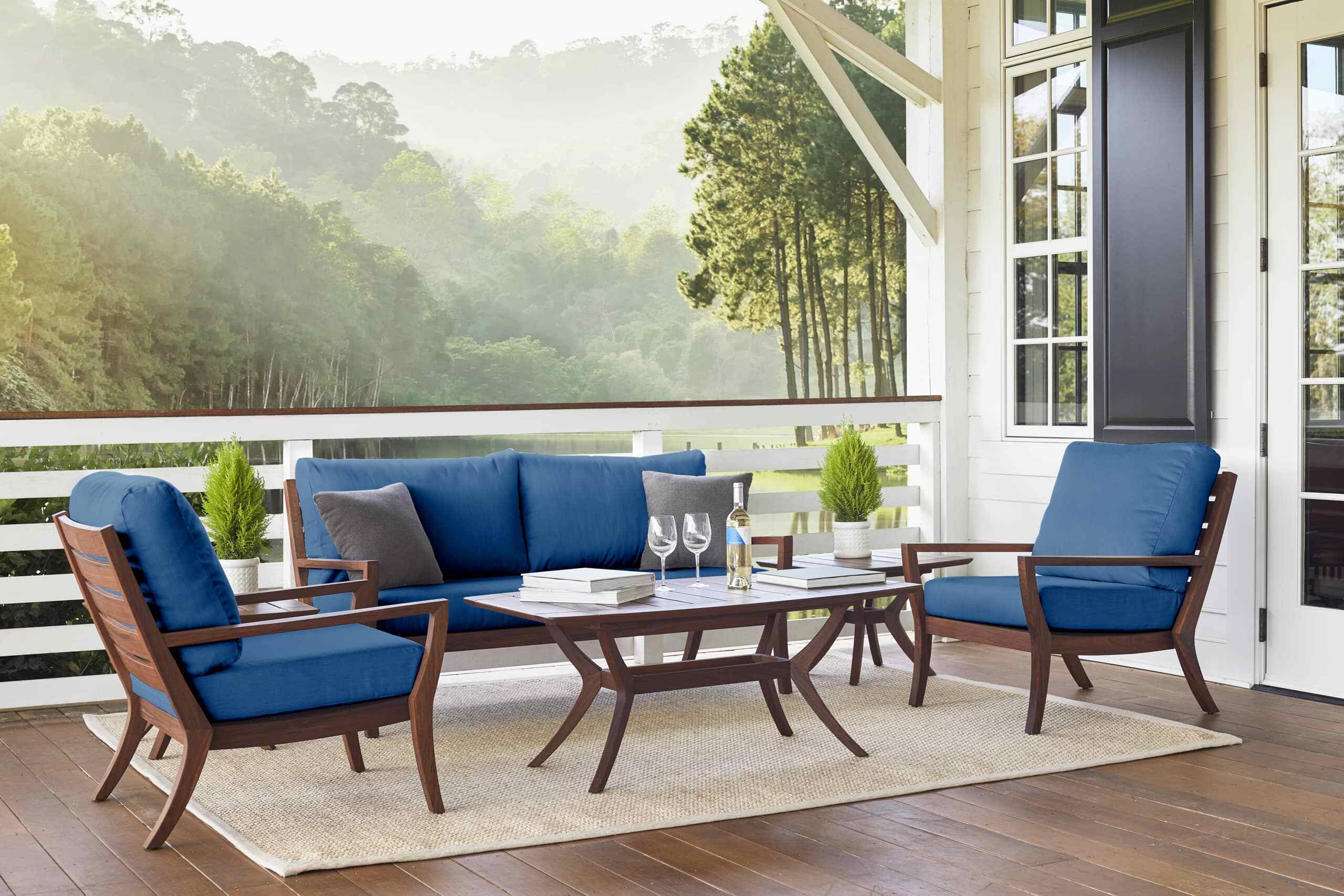

Outdoor Furniture
How To Take Care Of Outdoor Furniture
Modified: January 23, 2024
Discover expert tips on how to properly maintain and care for your outdoor furniture to ensure long-lasting durability and timeless design. Learn essential outdoor furniture care and maintenance techniques.
(Many of the links in this article redirect to a specific reviewed product. Your purchase of these products through affiliate links helps to generate commission for Storables.com, at no extra cost. Learn more)
Introduction
Introduction
Welcome to the world of outdoor furniture, where the beauty of nature meets the comfort of home. Whether it’s a cozy patio, a sprawling deck, or a charming garden, outdoor furniture adds a touch of style and functionality to any outdoor space. From durable teak to weather-resistant wicker, outdoor furniture comes in a variety of materials and styles, each with its own unique charm.
However, to keep your outdoor furniture looking its best and lasting for years to come, proper care and maintenance are essential. In this comprehensive guide, we’ll explore the best practices for cleaning, protecting, and storing outdoor furniture. We’ll also delve into tips for repairing and restoring weather-worn pieces, ensuring that your outdoor oasis remains inviting and beautiful season after season.
So, whether you’re a seasoned outdoor enthusiast or a newcomer to the world of al fresco living, join us as we uncover the secrets to preserving and enjoying your outdoor furniture to the fullest.
Cleaning Outdoor Furniture
Key Takeaways:
- Proper care and maintenance, including regular cleaning and protective measures, can help outdoor furniture withstand the elements and remain inviting and beautiful for years to come.
- Timely repairs and proper storage can extend the lifespan of outdoor furniture, ensuring that it continues to enrich outdoor experiences and stand as a testament to the enduring bond between nature and design.
Read more: Who Takes Donated Furniture
Cleaning Outdoor Furniture
Outdoor furniture is exposed to the elements, from scorching sun and drenching rain to wind-blown debris and pesky critters. Over time, this exposure can leave outdoor furniture looking lackluster and worn. Regular cleaning not only restores its appearance but also helps prolong its lifespan.
Here are some tips for cleaning different types of outdoor furniture:
- Wood: For wooden furniture, a gentle scrub with a mixture of mild soap and water can work wonders. Be sure to rinse thoroughly and allow the wood to dry completely before applying a protective finish.
- Metal: Metal furniture, such as aluminum or wrought iron, can be cleaned with a solution of water and mild detergent. To remove rust or stubborn stains, a light sanding may be necessary before applying a fresh coat of paint or sealant.
- Wicker: Wicker furniture should be vacuumed or brushed to remove dirt and debris. A solution of warm water and mild soap can be used to gently scrub the wicker, followed by a thorough rinse and drying in the sun.
- Plastic: Plastic furniture is perhaps the easiest to clean, usually requiring just a quick wipe with a damp cloth and mild detergent. For tougher stains, a solution of bleach and water can be used, followed by rinsing and drying.
Regardless of the material, it’s important to follow the manufacturer’s cleaning instructions to avoid damaging the furniture. Additionally, regular cleaning not only keeps outdoor furniture looking its best but also prevents the buildup of mold, mildew, and other harmful elements.
By incorporating these cleaning practices into your regular maintenance routine, you can ensure that your outdoor furniture remains inviting and beautiful, ready to be enjoyed whenever the sun beckons you outdoors.
Protecting Outdoor Furniture
Protecting Outdoor Furniture
While regular cleaning goes a long way in maintaining the appearance of outdoor furniture, protecting it from the elements is equally crucial. The harsh realities of sun, rain, and fluctuating temperatures can take a toll on even the sturdiest of outdoor furnishings. To shield your furniture from premature wear and tear, consider the following protective measures:
- Invest in Covers: High-quality, weather-resistant covers are a worthwhile investment for outdoor furniture. These covers provide a barrier against rain, snow, and UV rays, helping to prevent fading, rust, and water damage.
- Apply Sealants and Finishes: Depending on the material of your furniture, applying sealants or finishes can offer an added layer of protection. For wooden furniture, a fresh coat of sealant or paint can help repel moisture and prevent warping or cracking. Similarly, metal furniture can benefit from rust-resistant coatings to prolong its lifespan.
- Utilize Umbrellas and Shades: Providing shade for your outdoor furniture not only enhances comfort but also shields it from prolonged sun exposure. Whether through umbrellas, awnings, or natural foliage, creating shaded areas can help prevent fading and deterioration.
- Regular Maintenance Checks: Periodically inspecting your outdoor furniture for signs of wear, such as loose joints, rust spots, or fraying materials, allows for timely repairs and upkeep. Addressing minor issues promptly can prevent them from escalating into major problems.
By implementing these protective measures, you can safeguard your outdoor furniture from the elements, ensuring that it remains in pristine condition for years to come. After all, a little proactive care today can translate into long-term enjoyment of your outdoor oasis.
Storing Outdoor Furniture
Regularly clean outdoor furniture with a mild soap and water solution to remove dirt and prevent mold and mildew growth. Cover or store furniture during harsh weather to prolong its lifespan.
Storing Outdoor Furniture
As the seasons change, the need to store outdoor furniture becomes imperative to shield it from extreme weather conditions. Proper storage not only protects your furniture from the elements but also extends its longevity, allowing you to enjoy it for years to come.
Here are some essential tips for storing outdoor furniture:
- Clean and Dry: Before storing your furniture, ensure that it is thoroughly cleaned and completely dry. This prevents the growth of mold and mildew during storage and ensures that your furniture emerges from storage in top condition.
- Choose a Sheltered Location: Opt for a dry, sheltered storage area, such as a garage, shed, or storage unit, to protect your furniture from rain, snow, and excessive moisture. If indoor storage is not an option, consider using weatherproof covers or tarps to shield the furniture from the elements.
- Disassemble if Necessary: If space is limited, consider disassembling larger pieces of furniture, such as tables or chairs, for more efficient storage. This also reduces the risk of damage during transportation and storage.
- Utilize Elevated Storage: When storing furniture outdoors, elevate it off the ground to prevent contact with damp surfaces. This can help prevent moisture-related damage, such as rust or mold growth.
- Store Cushions Indoors: To prolong the life of cushions and upholstery, store them indoors in a dry, climate-controlled environment. If indoor storage is not feasible, use vacuum-sealed storage bags or waterproof containers to protect cushions from moisture and pests.
By adhering to these storage practices, you can safeguard your outdoor furniture during periods of non-use, ensuring that it emerges from storage ready to adorn your outdoor space once again. Proper storage not only preserves the integrity of your furniture but also minimizes the need for extensive cleaning and repairs in the future.
Repairing Outdoor Furniture
Repairing Outdoor Furniture
Outdoor furniture, despite being built to withstand the elements, may require occasional repairs to keep it in optimal condition. From addressing minor blemishes to tackling more significant damage, knowing how to effectively repair outdoor furniture can prolong its lifespan and restore its aesthetic appeal.
Here are some key tips for repairing outdoor furniture:
- Wood Repair: For wooden furniture, addressing minor scratches and dents can often be remedied with wood fillers and sanding. Deeper gouges or cracks may require wood glue and clamps for a more comprehensive repair. Additionally, applying a fresh coat of sealant or paint can revitalize weathered wood.
- Metal Restoration: Metal furniture may develop rust or corrosion over time. Removing rust with a wire brush, sandpaper, or a rust remover solution can help prevent further deterioration. Once the rust is removed, applying a rust-resistant primer and paint can protect the metal from future corrosion.
- Wicker and Plastic Repairs: Wicker furniture can be rejuvenated by replacing damaged or broken strands with new wicker material. Similarly, plastic furniture can often be repaired with specialized adhesives designed for plastic surfaces. Regular inspections can help identify areas in need of attention before they worsen.
- Reupholstering Cushions: Over time, outdoor cushions may show signs of wear and tear. Replacing worn-out foam inserts and reupholstering the fabric can breathe new life into your outdoor seating, providing both comfort and visual appeal.
- Professional Restoration: For valuable or intricately designed pieces, enlisting the expertise of professional furniture restorers can ensure that the repairs are carried out with precision and care, preserving the integrity of the furniture.
By addressing repairs in a timely manner and employing the appropriate techniques for each type of furniture material, you can extend the lifespan of your outdoor furniture and maintain its charm for years to come. Whether it’s a simple touch-up or a more involved restoration, the effort invested in repairing outdoor furniture is a testament to your commitment to preserving its beauty and functionality.
Conclusion
Conclusion
As we conclude our journey through the realm of outdoor furniture care and maintenance, it’s evident that nurturing these cherished pieces is a labor of love. From routine cleaning to protective measures, proper storage, and timely repairs, the care bestowed upon outdoor furniture ensures that it remains a source of comfort, beauty, and relaxation for years to come.
By embracing the art of outdoor furniture care, you not only preserve its aesthetic allure but also uphold its functionality and structural integrity. The diligence and attention to detail invested in caring for outdoor furniture reflect a deep appreciation for the outdoor living spaces they adorn.
As you embark on your outdoor furniture care endeavors, remember that each cleaning session, protective covering, and repair effort contributes to the longevity of these cherished pieces. Whether it’s the weathered wooden bench that holds cherished memories or the elegant metal dining set that sets the stage for al fresco gatherings, your commitment to their care ensures that they continue to enrich your outdoor experiences.
So, as you bask in the comfort of your thoughtfully maintained outdoor oasis, take pride in the care and attention you’ve dedicated to your outdoor furniture. Let it stand as a testament to the enduring bond between nature, design, and the art of outdoor living.
May your outdoor furniture continue to beckon you outdoors, offering a tranquil retreat where the beauty of nature and the comforts of home harmoniously converge.
Frequently Asked Questions about How To Take Care Of Outdoor Furniture
Was this page helpful?
At Storables.com, we guarantee accurate and reliable information. Our content, validated by Expert Board Contributors, is crafted following stringent Editorial Policies. We're committed to providing you with well-researched, expert-backed insights for all your informational needs.
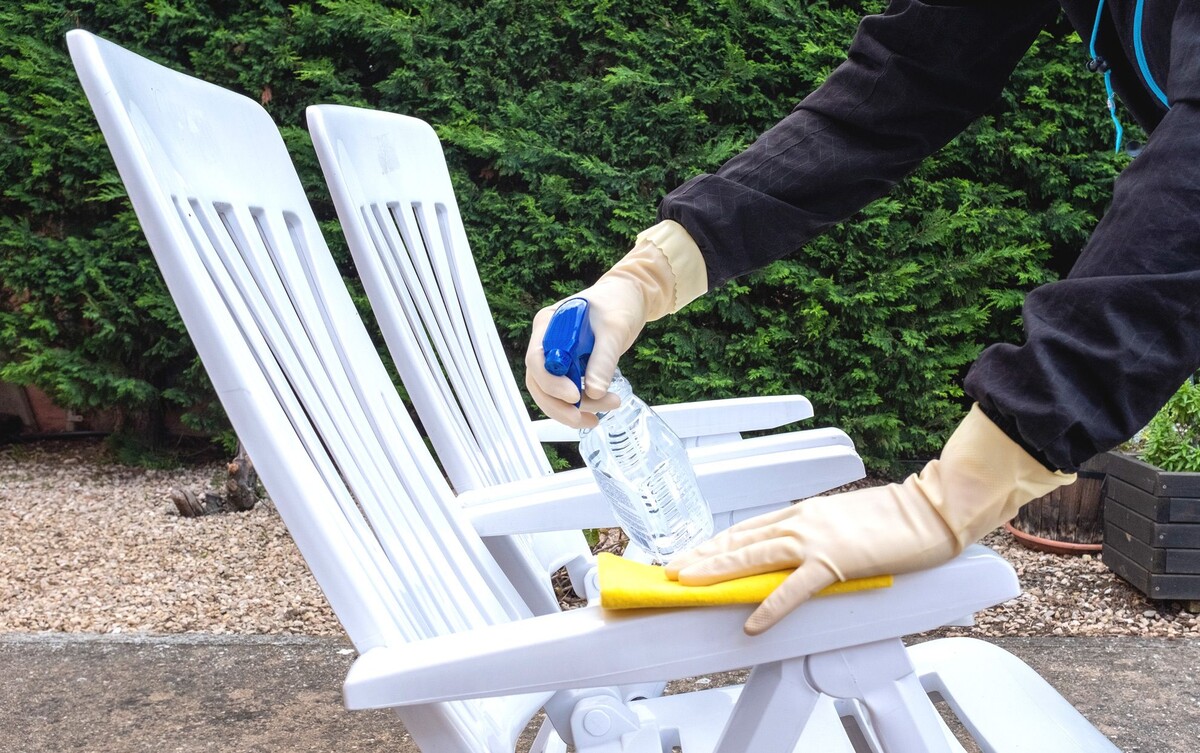
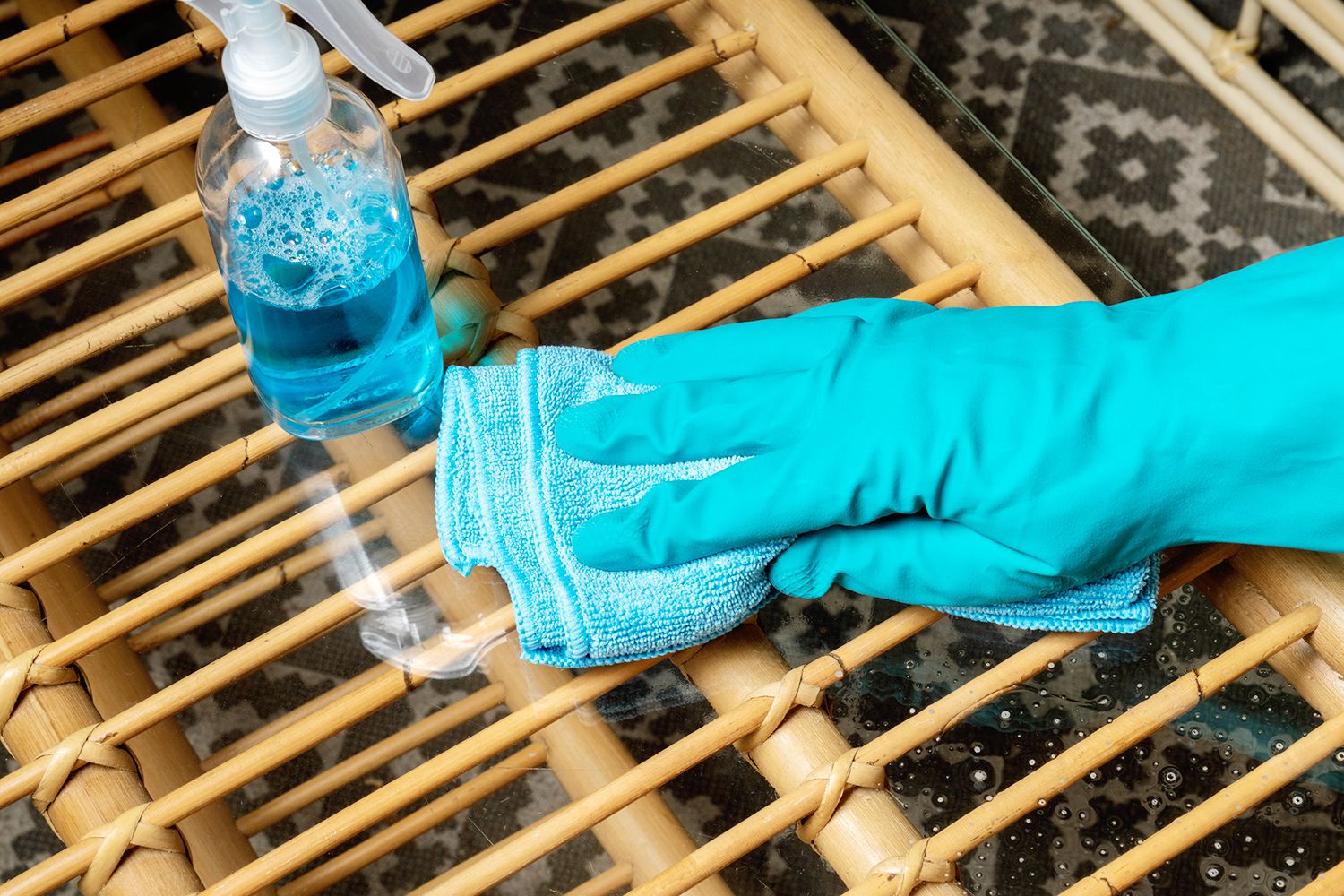
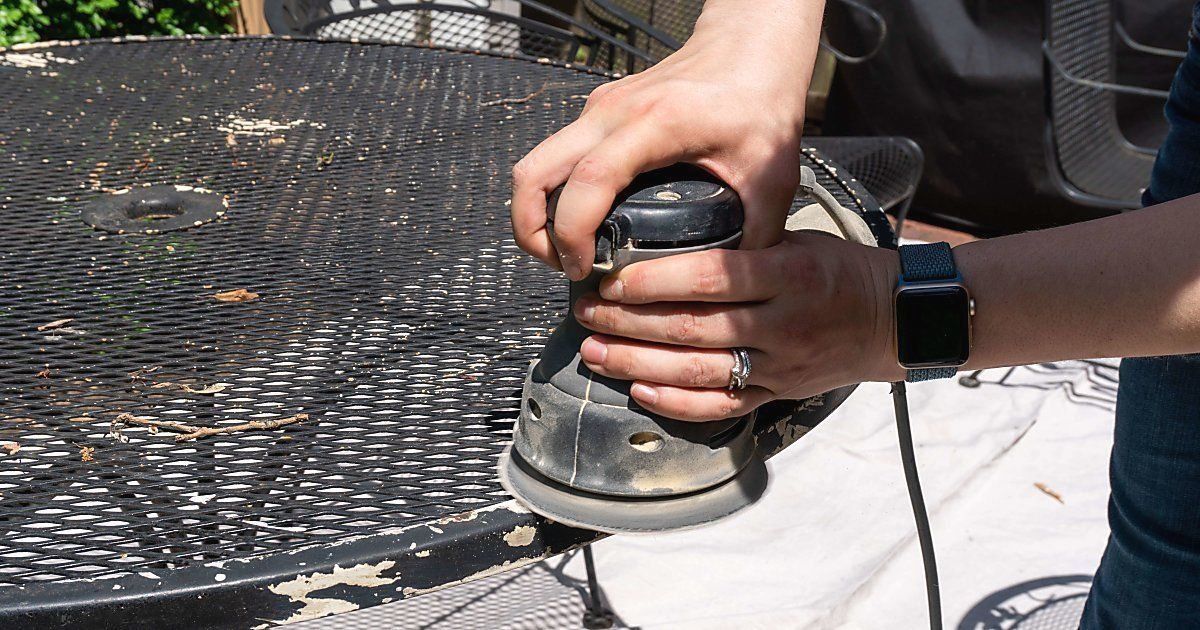
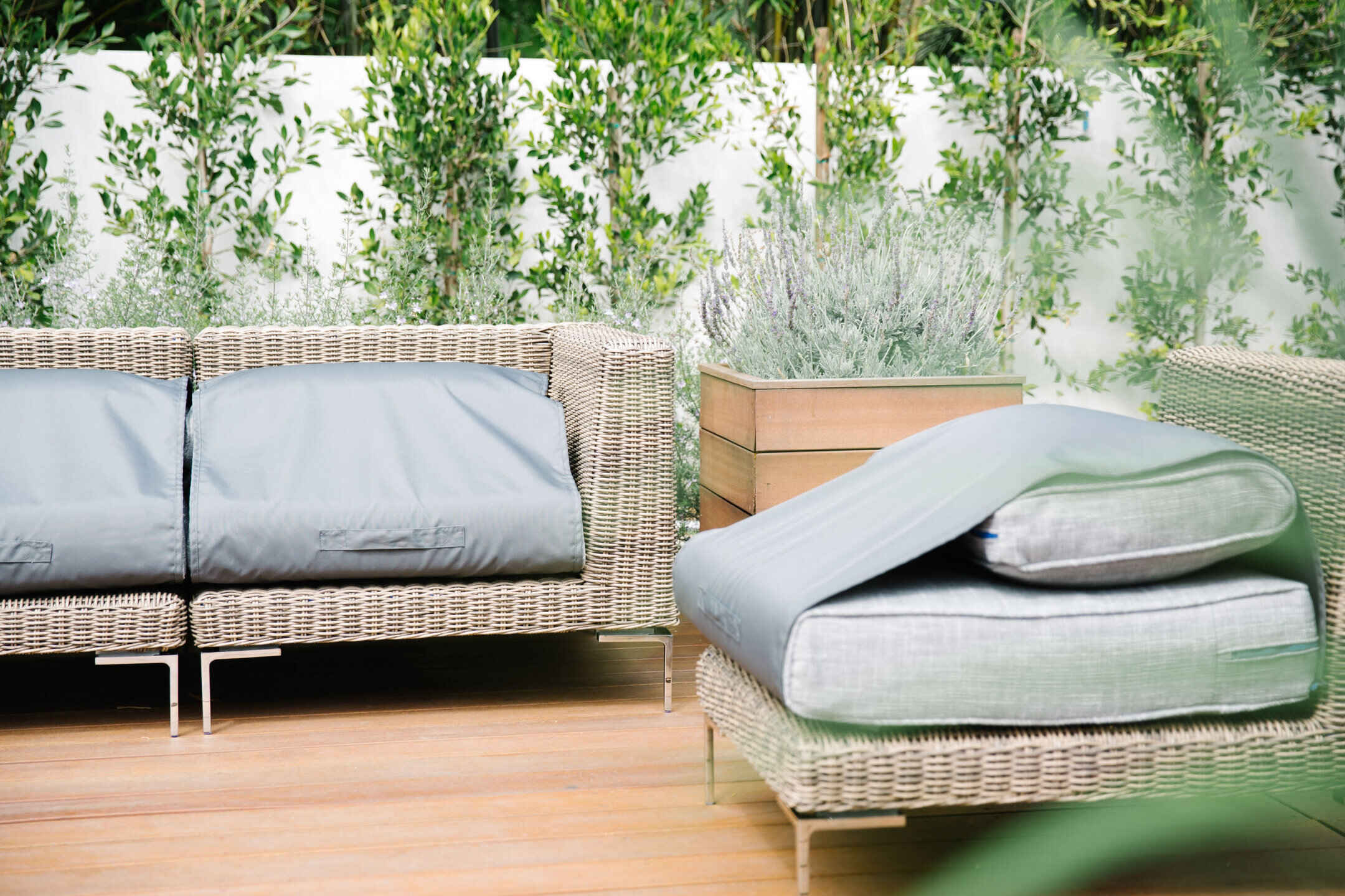
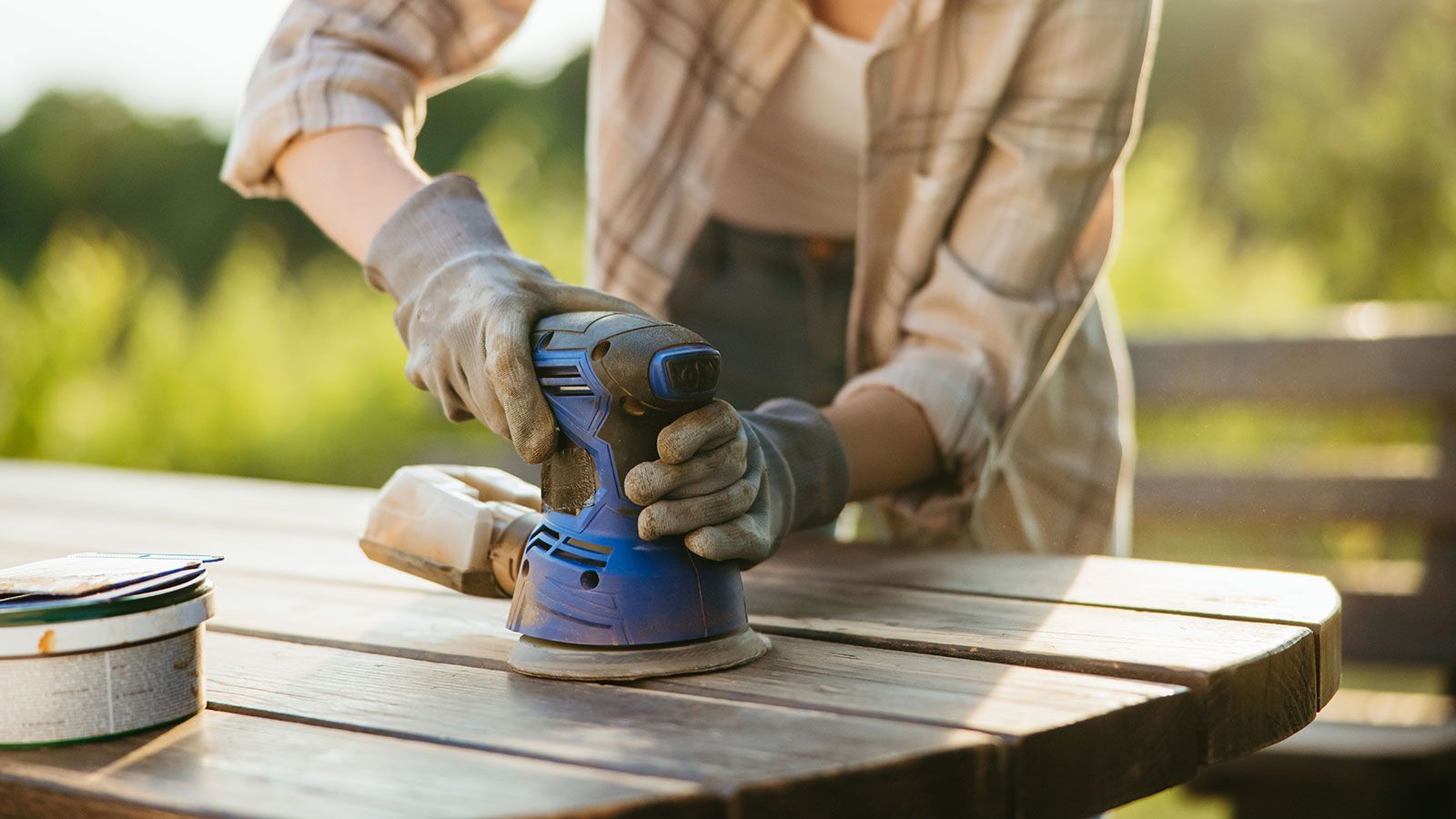
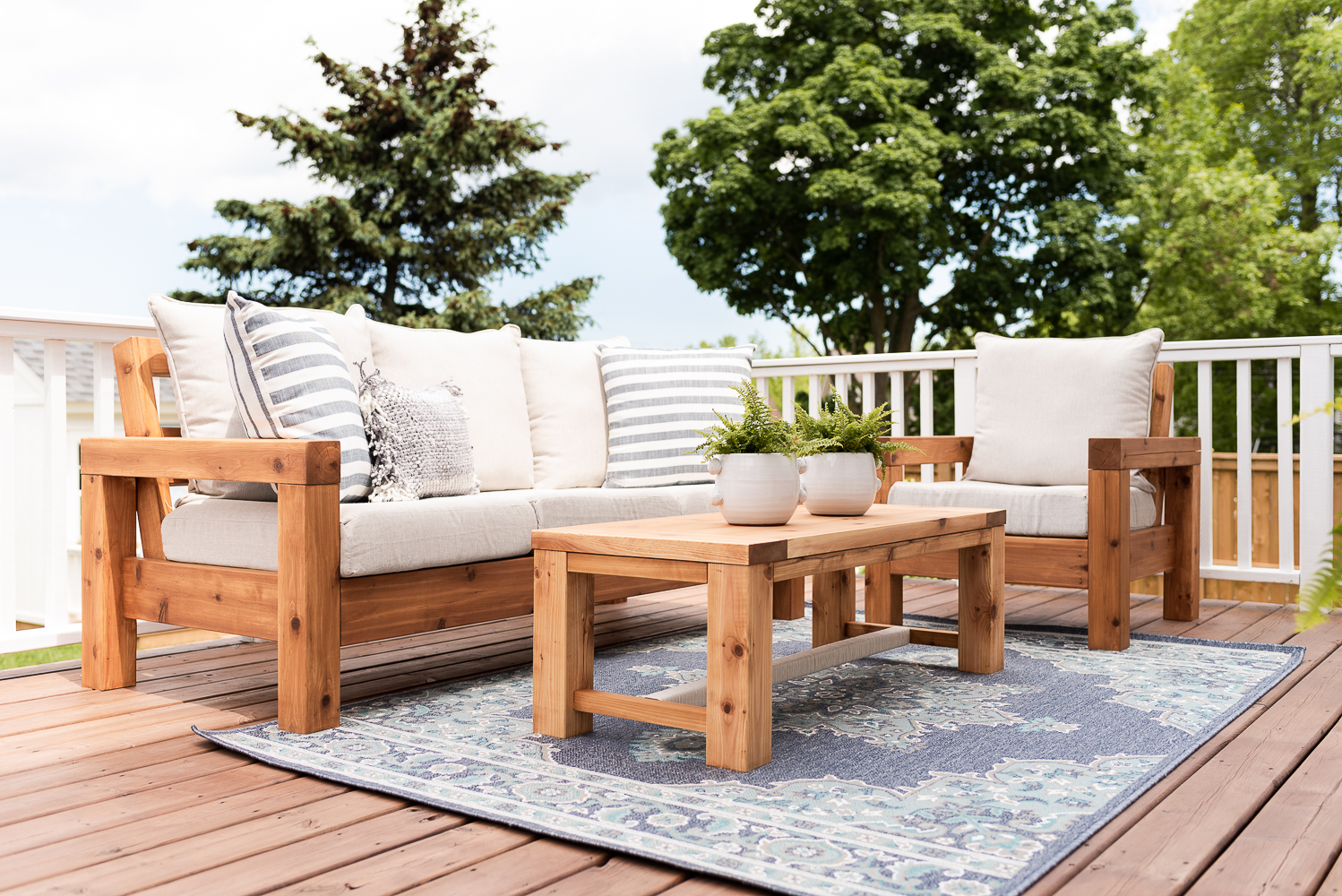
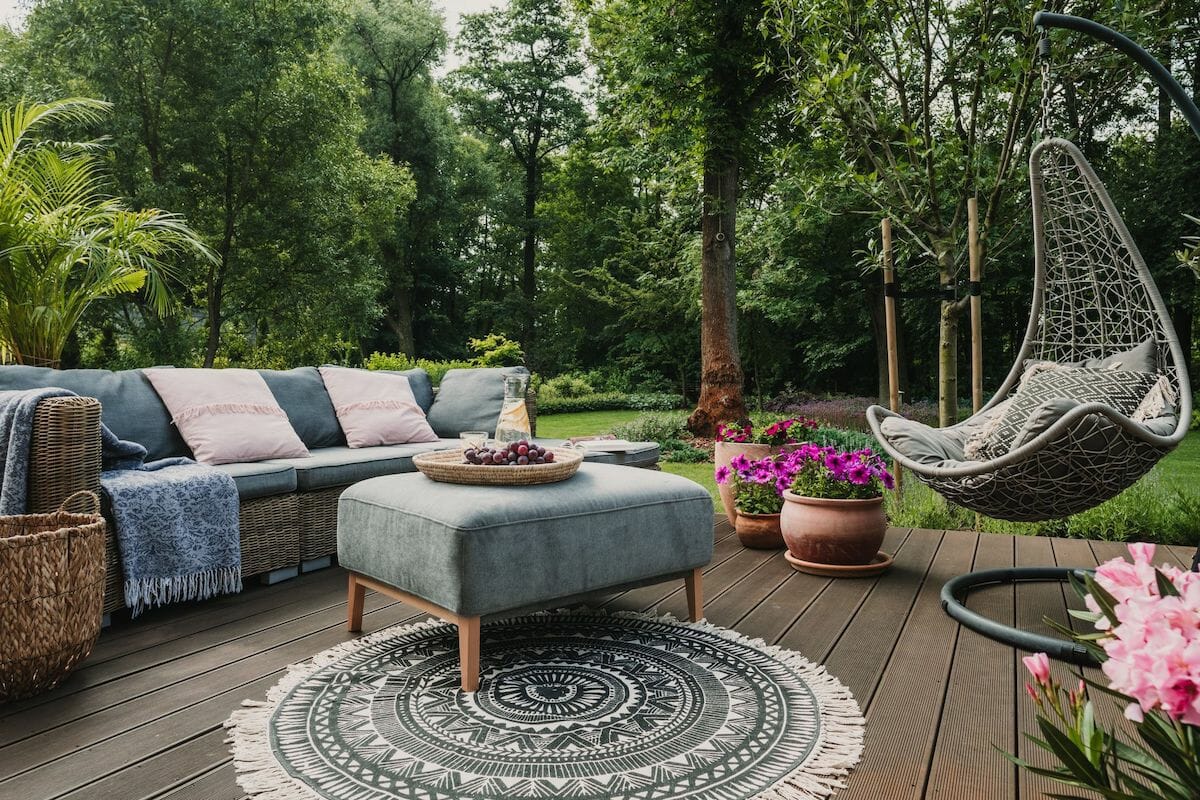
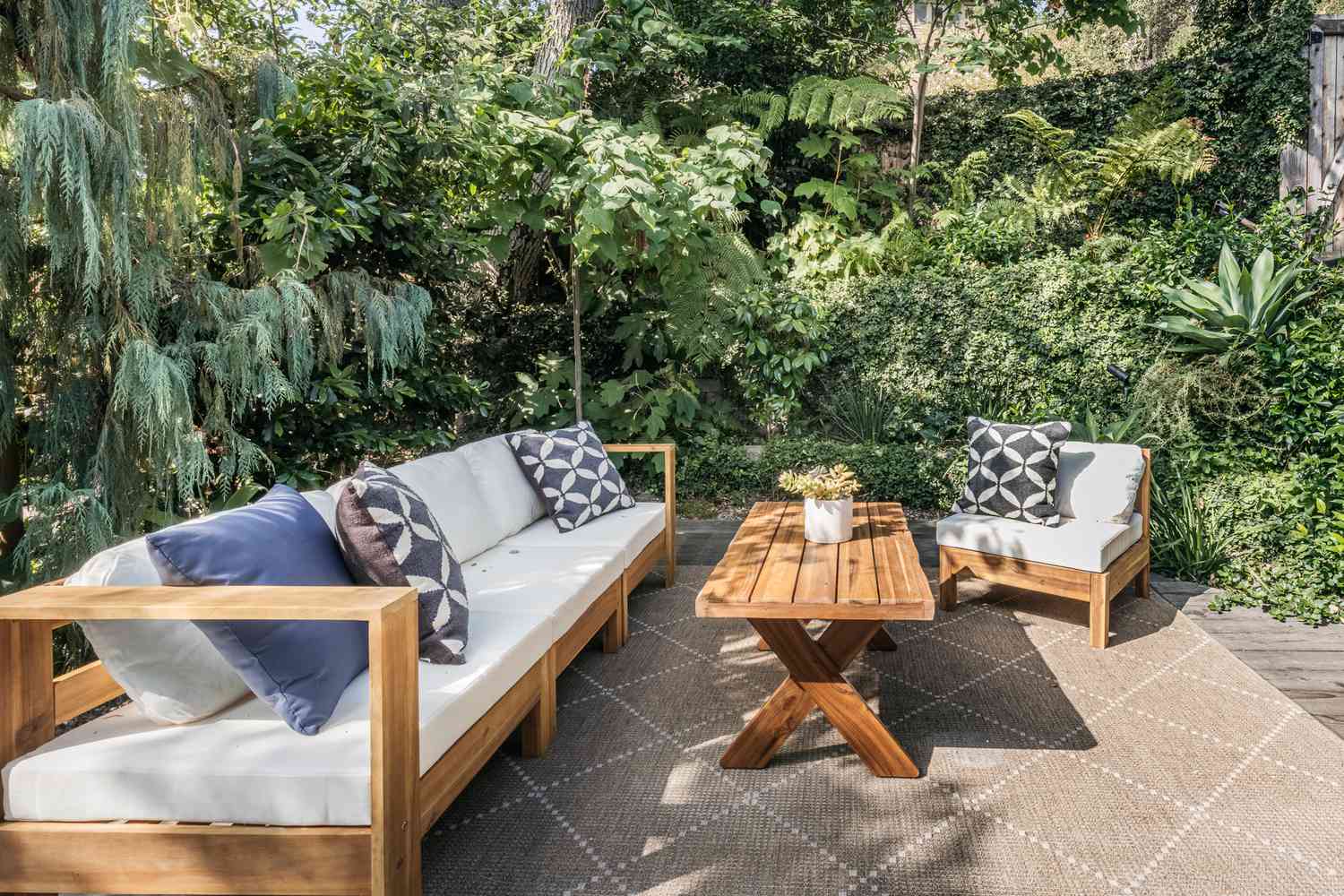
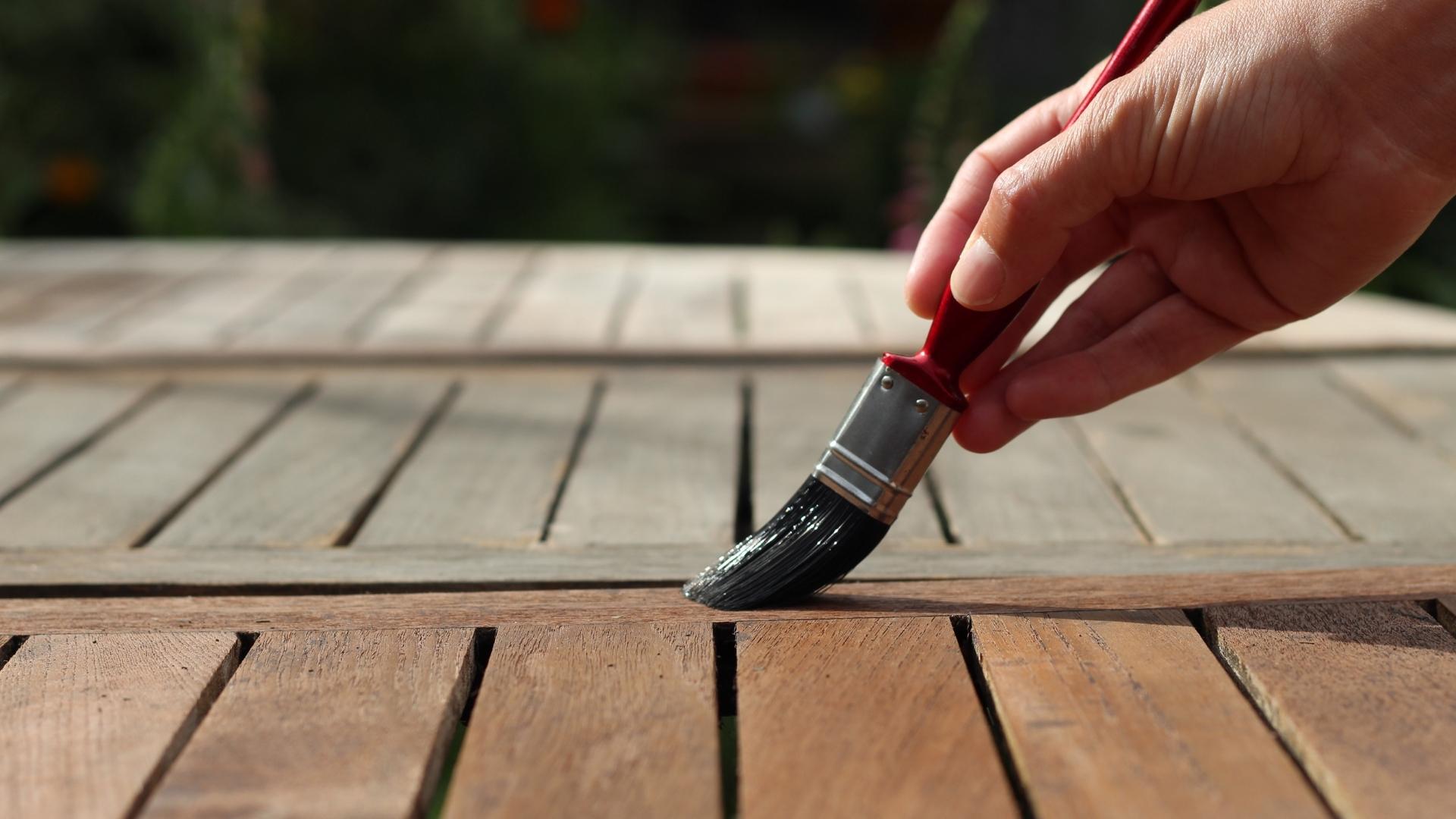
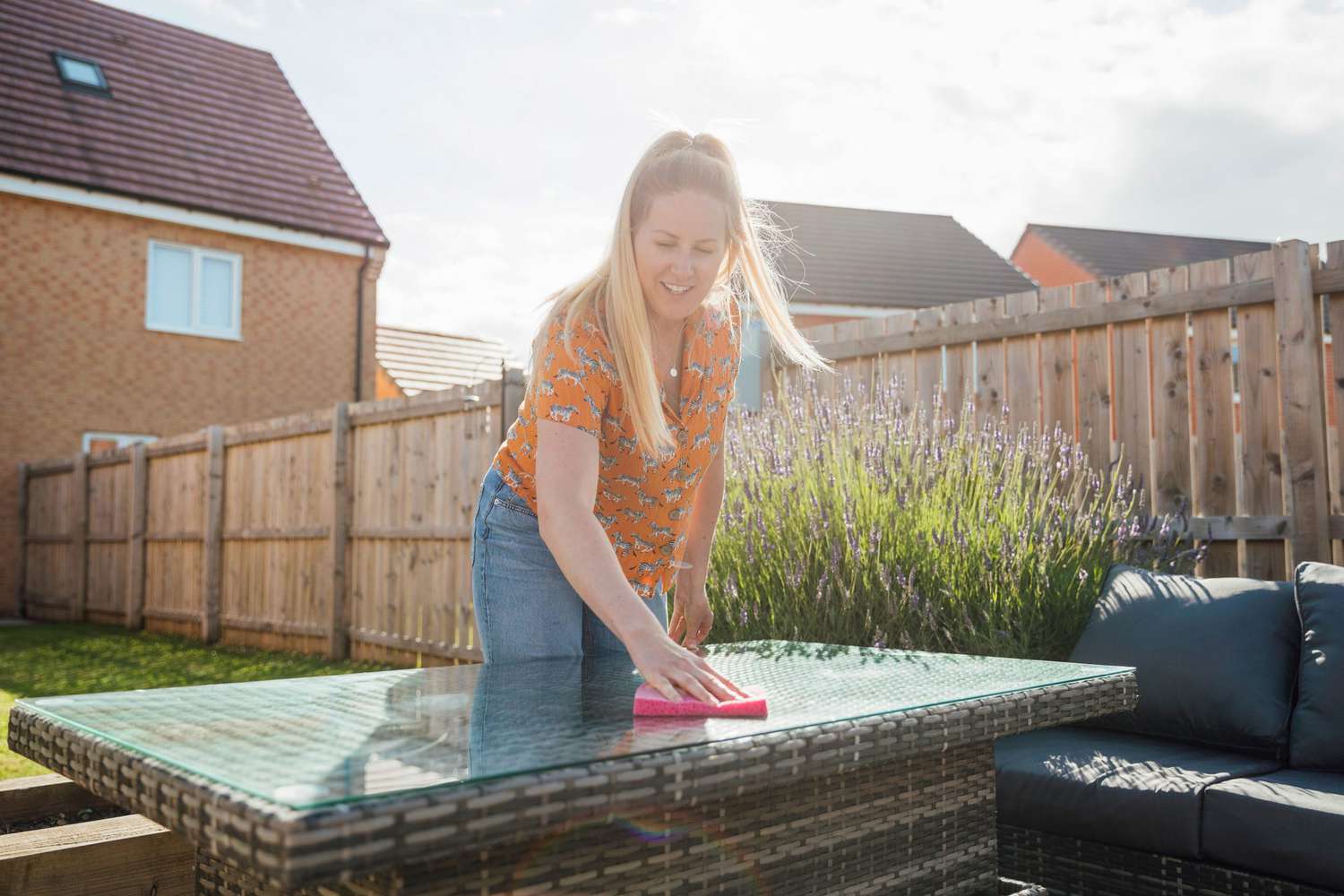
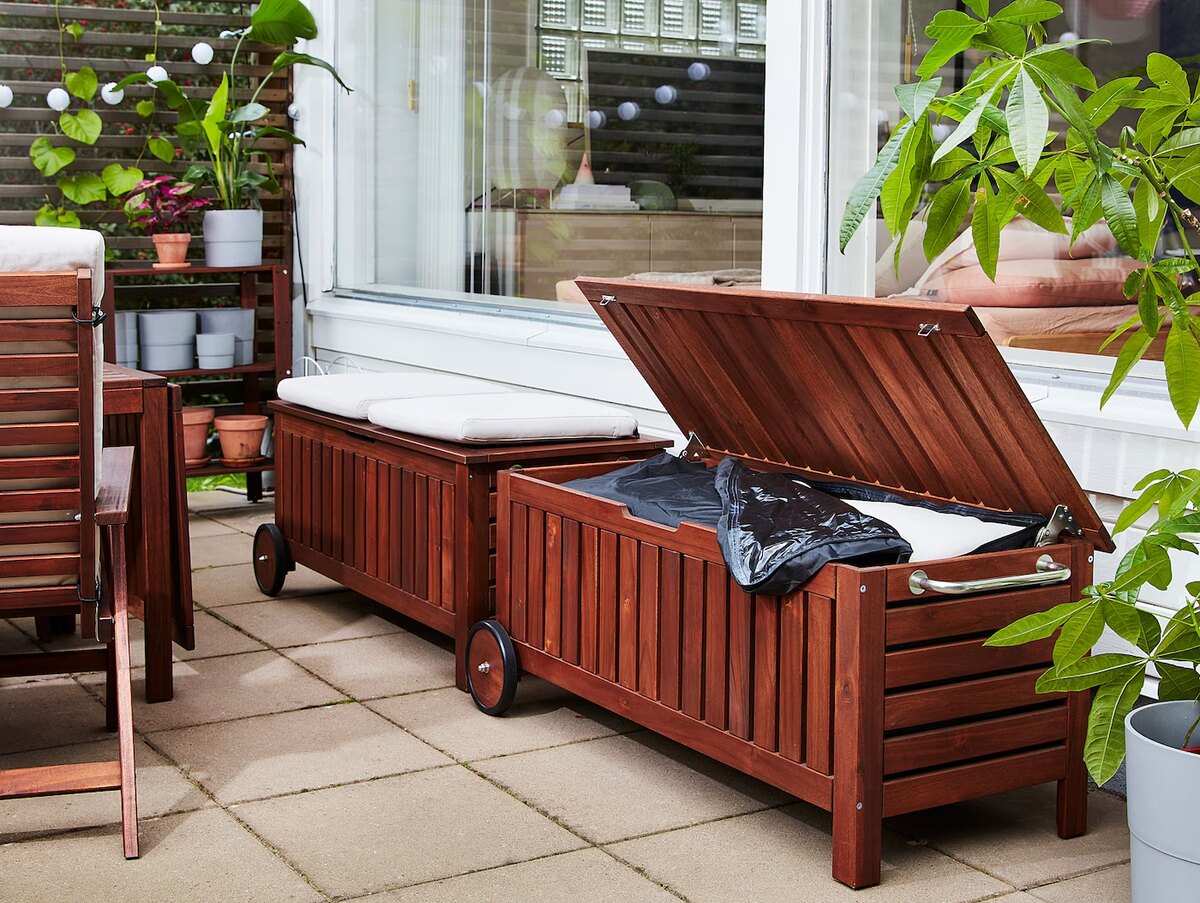

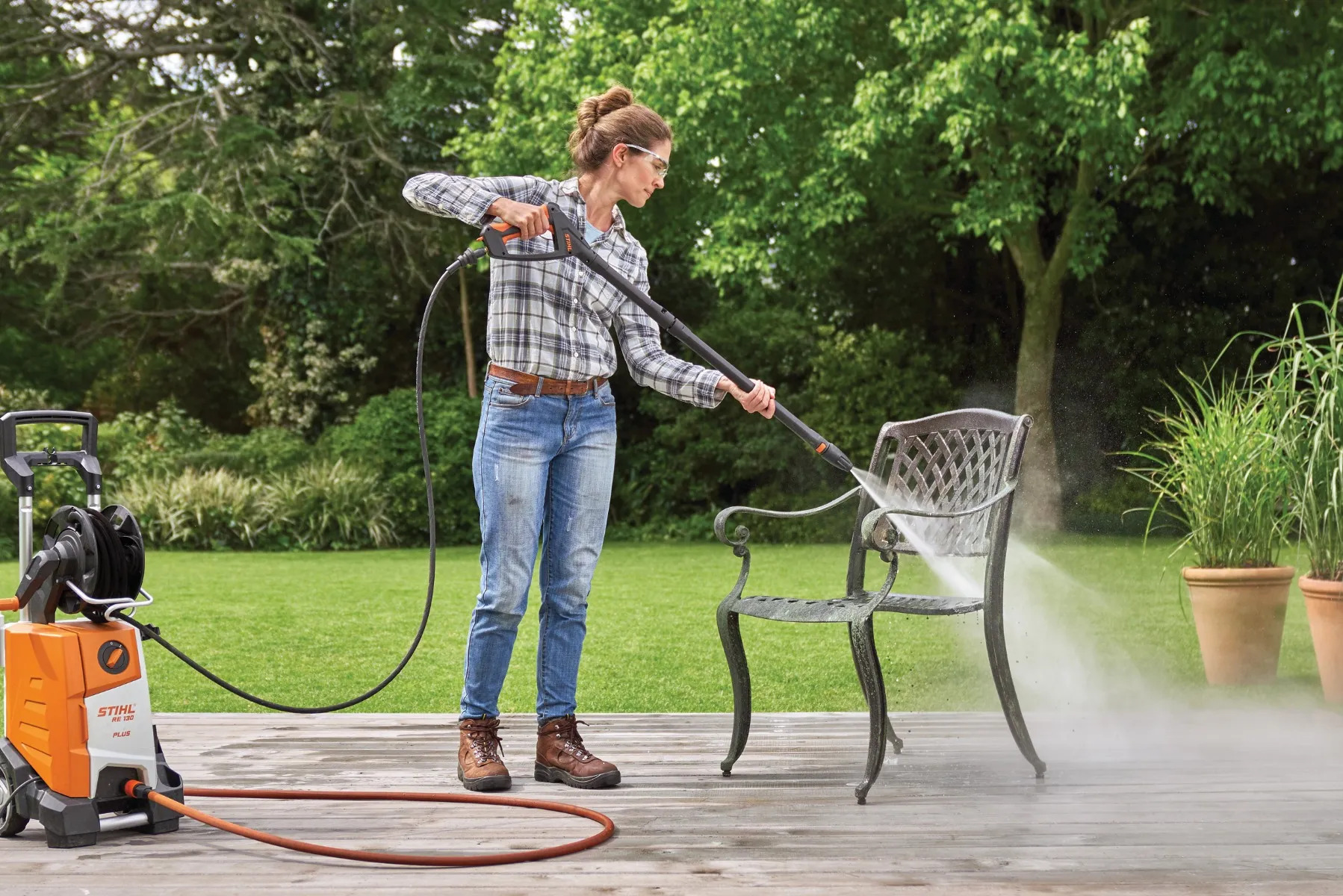
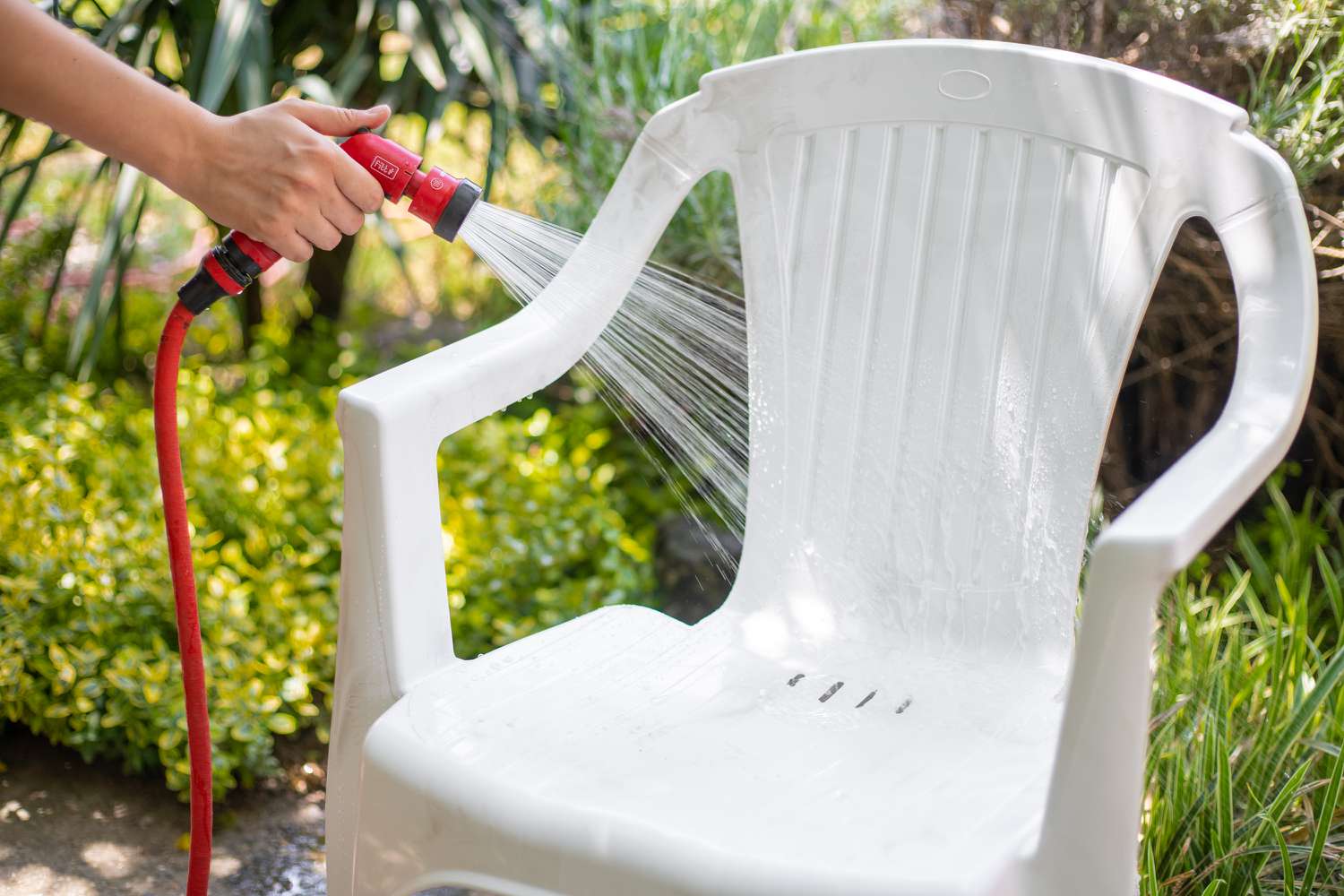

0 thoughts on “How To Take Care Of Outdoor Furniture”